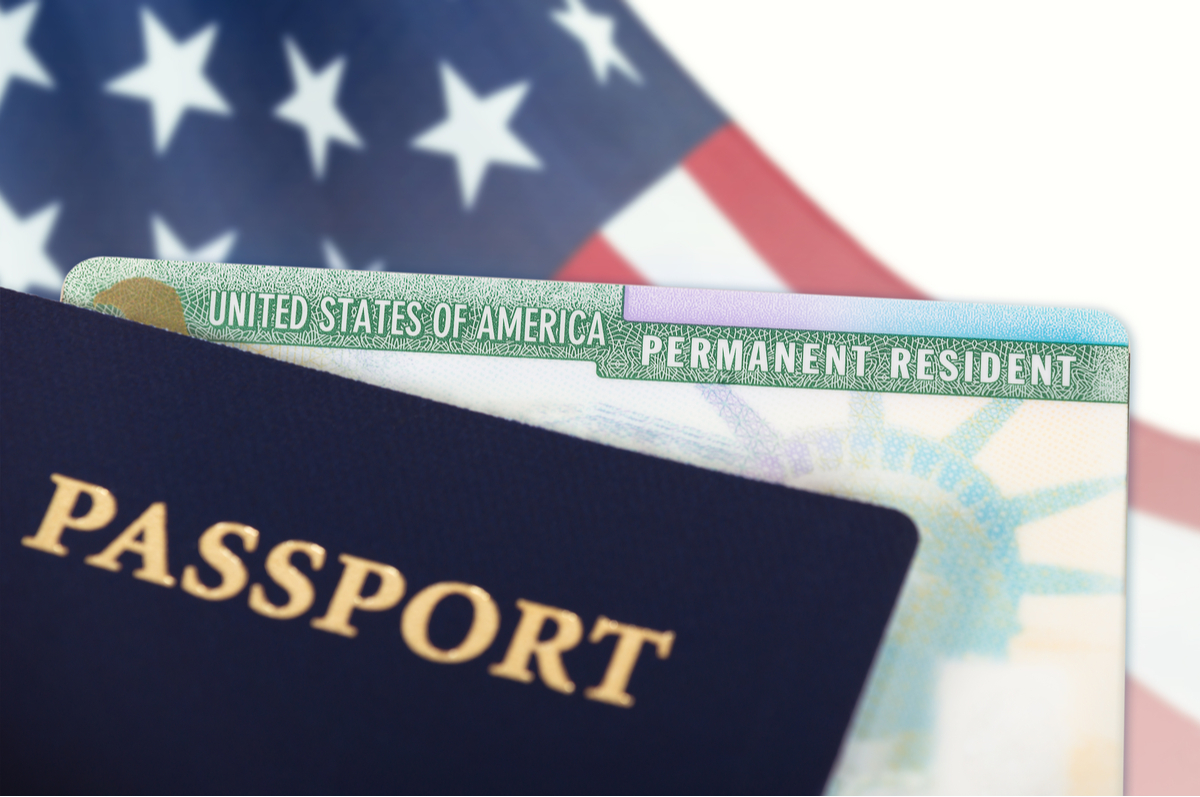 Many prospective immigrants abroad seek green cards though investment, but balk at the current year-plus processing times to obtain an I-526 approval, before one is able to pursue an appointment for consular processing and then commence operations. Fortunately for some of these investors there exist two potential nonimmigrant visa options for faster entry into the United States: the L-1 Intracompany Transferee visa and the E-2 Treaty Investor visa.
Many prospective immigrants abroad seek green cards though investment, but balk at the current year-plus processing times to obtain an I-526 approval, before one is able to pursue an appointment for consular processing and then commence operations. Fortunately for some of these investors there exist two potential nonimmigrant visa options for faster entry into the United States: the L-1 Intracompany Transferee visa and the E-2 Treaty Investor visa.
Let’s explore the requirements for each, as well as how they may provide a bridge to an EB-5 green card:
The L-1 Visas
One of the more common visas in the world of business immigration is the L-1 visa, designated for transferees between a U.S. entity and a related entity abroad. In addition to the requirement that these two entities must have a qualifying relationship (such as parent-subsidiary, affiliates, or a 50-50 joint venture), the prospective beneficiary must have spent at least one full year out of the three prior to entry working for the entity abroad. Such qualifying experience and the prospective position in the United States must be in a capacity that was primarily managerial or executive in nature (known as an L-1A) or leveraging the beneficiary’s specialized knowledge (known as an L-1B).
Provided that the overseas entity has been doing business abroad for at least one year, L-1 visas can also be used for U.S.-based startups. For example, suppose a beneficiary is the CEO of the company she started overseas and now wants to expand operations into the United States. With an L-1A visa, she may enter the United States and manage the startup, commence operations and create jobs. In startup cases, L-1 petitions require a business plan in order to obtain approval and the validity period is limited to only one year. After that time, the visa can be renewed in three-year increments until one reaches the maximum time in either classification: seven years for the L-1A and five years for the L-1B.
Absent a few exceptions, L-visa petitions are filed with USCIS and the beneficiary must obtain a visa stamp following approval. Fortunately, L-visa petitions may utilize the USCIS premium processing service which enables a case decision within 15 days. Depending on the consular post, the beneficiary may be able to enter the United States less than a month after submitting the petition.
With this framework, an immigrant investor with the qualifying experience and relationship can enter the United States in L-1 capacity as a bridge to EB-5, leveraging the U.S. entity as the EB-5 new commercial enterprise. There are, however, a few key differences in the requirements which need to be considered. For example, L-1 visas do not have an investment requirement, although USCIS will want to see that a startup is fully capitalized. In such circumstances it might be appropriate or beneficial for the overseas entity to fund the U.S. entity’s startup capital. However, this would thwart an EB-5 petition which requires a personal investment of at least $500,000 or $1 million (depending on geography) into a U.S. commercial enterprise. Furthermore, an L-visa need not show U.S.-based job creation per se, and for many startups more than one L-visa might be necessary to commence operations. EB-5, on the other hand, requires job creation for at least ten qualifying employees, the definition of which excludes nonimmigrants. Notwithstanding these limitations, the L-1 visa is nonetheless a faster path to entry to the United States for those immigrant investors that can qualify.
The E-2 Visa
Often referred to as the nonimmigrant visa analogue to the EB-5, the E-2 Treaty Investor Visa enables a beneficiary to enter the United States and develop and direct a US-based entity. In order to qualify for the E-2 visa, an investor must make a “substantial” investment relative to the startup costs of the business. For example, a coffee shop requires much less startup capital than an aircraft factory does. The E-2 business must also not be “marginal” – it needs to have the present or future capacity to generate more than enough income to provide a minimal living for the treaty investor and his or her family.
The key limitation to the E-2 visa is that not all investors may qualify; only those foreign nationals of countries with which the United States maintains a treaty of commerce and navigation. Unfortunately, the United States does not have E-2 treaties with some of the most popular countries for EB-5 immigration, such as mainland China, India or Brazil. Relatedly, the U.S.-based enterprise must be owned at least 50 percent by nationals of the treaty country, which would thwart the use of E-2 visas for most investors in regional center-based new commercial enterprises. Such enterprises are unlikely to be majority-owned by foreign nationals of a single qualifying country.
If the investor is abroad, obtaining an E-2 visa requires submission of a consulate-specific package of documents to a consular post. Processing times vary from one post to another, but each post is significantly faster than current I-526 processing. Once approved, an E-2 visa is valid for the length of time that the U.S. maintains reciprocity with the investor’s country of nationality, which can vary from a few months to five years. However, each E-2 entry is good for two years of authorized stay. In other words, if an investor’s I-94 is about to expire and her visa is still valid, she may travel abroad and reenter the United States to receive another two years’ stay. No extension petition with USCIS or renewal application with the consulate would be required if the visa remains valid and the investor is willing to travel. A savvy investor might therefore be able to go nearly seven years without preparing a renewal application. E-2 visas may be renewed repeatedly for an indefinite period of time, provided that the investor maintains nonimmigrant intent.
With terms similar to the EB-5, many investors that qualify opt for the E-2 as a bridge to enter into the country and establish a business prior to filing an I-526. There are a few differences between the two visa schemes that one needs to be aware of. Like the L-1, E-2 visas do not have a stated threshold investment level (it need only be “substantial”) whereas EB-5 does. E-2 visas also do not have a defined number of job creations whereas EB-5 requires the creation of 10 jobs for qualifying employees. Therefore some E-2 investments may be “substantial” and the enterprises not be “marginal,” but still fall short of what is required for EB-5 immigration.
In any event, the E-2 visa provides a relatively faster and perhaps less risky route for investors to enter the United States and manage their businesses. If the enumerated requirements for investment and job creation can be met, an E-2 visa provides an excellent bridge to EB-5 immigration.
DISCLAIMER: The views expressed in this article are solely the views of the author and do not necessarily represent the views of the publisher, its employees. or its affiliates. The information found on this website is intended to be general information; it is not legal or financial advice. Specific legal or financial advice can only be given by a licensed professional with full knowledge of all the facts and circumstances of your particular situation. You should seek consultation with legal, immigration, and financial experts prior to participating in the EB-5 program Posting a question on this website does not create an attorney-client relationship. All questions you post will be available to the public; do not include confidential information in your question.








